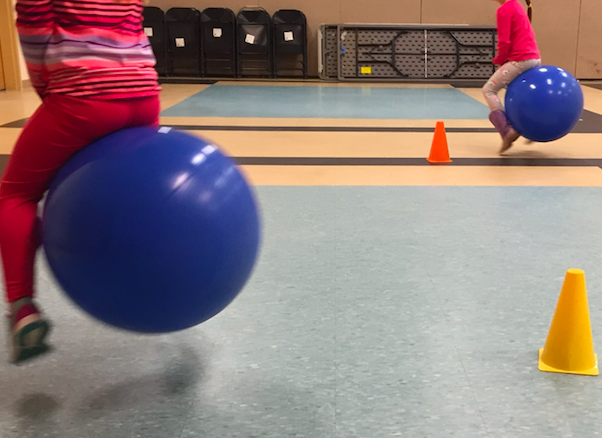Have you ever heard of butterfly tagging? It is a recent addition to old-fashioned tag games. You tag using only three fingers: index, middle and ring fingers. Your thumb and pinky are pulled together towards your palm, making it very difficult to push, slap or hit someone in the process of tagging.
Tag games have been around for generations. There is even some evidence that they were played in ancient Rome! So, it seems silly that a game that has been a perpetual part of childhood is now getting a makeover – especially when the game is almost innate in children. They just seem to know how to chase and tag without any adult intervention. But this is where we are as a culture. We are protecting children from themselves and their innate need to experience movement – all kinds of movement.
Tag is the most aerobic of all childhood games. Now, it has been eliminated completely, or reduced to the lightest of touches. After centuries of being the most tried and true of all playground games, it is being swept into the junk heap of Red Rover and playground Merry-Go-Rounds, without regard for the real benefits it provides.
Why? Because children are hitting too hard when they tag.
OK – no one wants to get whacked during a game of tag. But eliminating the game altogether, or legislating the type of tag, ignores what this behavior is telling us. The problem is not the game. The problem is the execution of the game. And, this problem is a big red flag for a lack of proprioceptive awareness.
The proprioceptive sense is housed deep in the joints of the body. It helps us regulate force, but it needs lots of practice to develop that ability to regulate. It gets that practice when the body meets heavy resistance, and that resistance communicates with the muscles and joints. Through heavy work, our bodies learn how much force is needed to complete different tasks. How much force do we need to pull open the door to the school building? Is that the same amount of force needed for a cabinet door? How much force do we need to push our little brother on the swing? Is that the same amount of force we need for a game of tag? We strengthen this sense through heavy activities that require impact, pushing and pulling.
In the childhoods of old, children spent hours outside, building forts, dragging tree limbs across the yard, climbing trees, jumping out of swings and pushing each other on the Merry-Go-Round. Kids fell hard, climbed high, moved heavy objects. They also had chores: sweeping, shoveling, taking the trash out, raking, eventually mowing the lawn – big heavy work and play that built the proprioceptive sense.
That well-developed proprioceptive sense let children know how hard to tag and how hard to shove a kid who cut in line. Today, too many children tag too hard and they push too hard. They may move their bodies in ways that are too big because their muscles and joints have no idea what is appropriate and what is not. Some children even seek stimulation of this sense by hitting too hard, wrestling too ferociously, slamming their bodies into walls (or into other children). All of this activity is really just the proprioceptive system crying out for help.
And when it comes to the classroom, the proprioceptive sense helps students regulate how much force to use when writing. Too much force and the pencil lead breaks. Not enough and the writing is too faint to see. How do we help students use the just-right amount of force when writing? Not more nagging. Instead, listen to what the behavior is telling you and address the root cause – work on that proprioceptive system.
More climbing, swinging, jumping, rolling, pushing or pulling of heavy objects. More chores like trash duty, scrubbing, sweeping, raking. Check out my friends above on the hoppy balls. Among other glorious things, they are working their proprioceptive system….hard.
